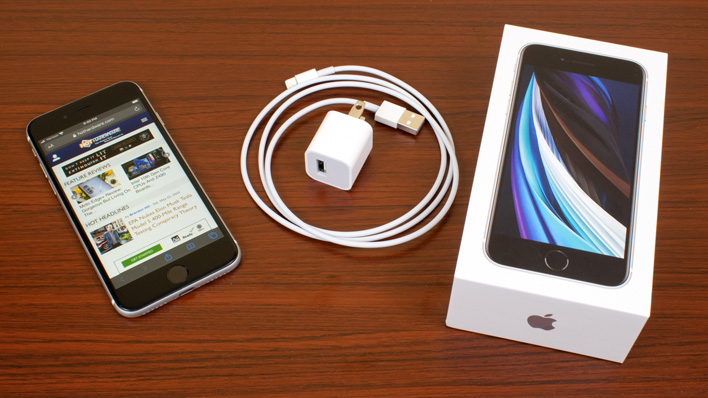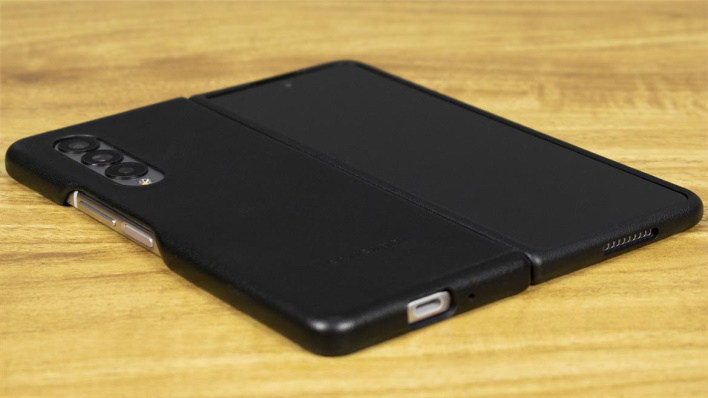The EU May Finally Force Apple to Add USB-C to iPhones With a Lightning Port Kill Shot

In a press release issued by the European Union's highest governing legislative body, the Internal Market and Consumer Protection Committee accepted a proposal to standardize not just smartphones, but all small electronic devices on USB Type-C connectors. No doubt some Google engineers are fondly remembering the original Pixel phone from half a decade ago saying, "Welcome to 2016." And of course, the Pixel 6 and 6 Pro have continued the USB-C tradition to this day. The committee says that there's wide support for a single charging standard among members of the European Parliament, and IMCPC's 43-2 vote in favor of this change seems to underscore that claim.
The Committee's Rapporteur Alex Agius Saliba of Malta said in a statement, "With half a billion chargers for portable devices shipped in Europe each year, generating 11,000 to 13,000 tonnes of e-waste, a single charger for mobile phones and other small and medium electronic devices would benefit everyone." Agius Saliba went on to list a number of benefits from having a single standard ranging from protecting the environment to saving consumers money on not having to re-buy chargers when switching to a new phone. He also says that the European Commission has asked the Committee to devise a comprehensive strategy to standardize wireless charging by 2026, too.

The big question mark in all of this is, of course, Apple and its love for proprietary ports that doesn't really help consumers at all. Introduced with the iPhone 5 in 2012, Lighting has had a good run, but every other smartphone maker has already standardized on USB-C for years now. At the time of its introduction, Lightning was a step in the right direction compared to Apple's old 30-pin dock connector, since Lightning supported two orientations, similar to USB-C, and a smaller and less fragile opening at the bottom of the device. But the time has come for Cupertino to retire this relic and embrace at least one open standard for crying out loud. Every device in 2022 from Samsung's Galaxy S22 to the OnePlus 10 Pro is already using it.
One of the stated goals of this standardization practice is to save money and save electronic waste in European landfills. That seems to preclude Apple from just bundling a Lightning adapter for USB-C cables, since that's just another proprietary dongle that's both easy to use and limited in usefulness. Cupertino has already gone all-in on USB-C in the iPad Pro and Air lineups, with only the entry-level iPad clinging to the past. It's the iPhone lineup that hasn't yet budged. Apple quit bundling chargers with iPhones but includes a USB-C to Lightning cable. Swapping that Lightning end for another USB-C connector seems like the next logical step.
The big question mark in all of this is, of course, Apple and its love for proprietary ports that doesn't really help consumers at all. Introduced with the iPhone 5 in 2012, Lighting has had a good run, but every other smartphone maker has already standardized on USB-C for years now. At the time of its introduction, Lightning was a step in the right direction compared to Apple's old 30-pin dock connector, since Lightning supported two orientations, similar to USB-C, and a smaller and less fragile opening at the bottom of the device. But the time has come for Cupertino to retire this relic and embrace at least one open standard for crying out loud. Every device in 2022 from Samsung's Galaxy S22 to the OnePlus 10 Pro is already using it.
One of the stated goals of this standardization practice is to save money and save electronic waste in European landfills. That seems to preclude Apple from just bundling a Lightning adapter for USB-C cables, since that's just another proprietary dongle that's both easy to use and limited in usefulness. Cupertino has already gone all-in on USB-C in the iPad Pro and Air lineups, with only the entry-level iPad clinging to the past. It's the iPhone lineup that hasn't yet budged. Apple quit bundling chargers with iPhones but includes a USB-C to Lightning cable. Swapping that Lightning end for another USB-C connector seems like the next logical step.

This law isn't final yet, as it's only just now gotten through the Internal Market and Consumer Protection Committee. The next step is to bring it before the whole of Europe's Parliament in the May plenary sessions, which could be as early as May 2nd. If Parliament approves this draft legislation, member states will need to work together to finalize the standard and then device manufacturers will have to start following along.
What's likely to happen for those of us who don't live on the eastern side of the Atlantic? It seems almost a sure bet that holdout devices would go USB-C, as well. Because it's almost assuredly cheaper to make all SKUs of a given device with the same connectors than it is to have two variants, it seems probable that American consumers will benefit from this pending European statute, as well.

